Advancements in Biotechnology
Technological innovations in biotechnology are significantly influencing the Thrombin Market. The development of recombinant thrombin products has revolutionized the landscape, providing safer and more effective alternatives to traditional thrombin derived from animal sources. These advancements not only enhance the efficacy of hemostatic agents but also address concerns related to safety and immunogenicity. In 2025, the market for recombinant thrombin is expected to witness a compound annual growth rate of over 8%, driven by increasing adoption in surgical and trauma care settings. Furthermore, the integration of biotechnological advancements into thrombin production processes is likely to improve yield and reduce costs, making these products more accessible to healthcare providers and patients alike.
Increasing Surgical Procedures
The rise in surgical procedures across various medical specialties is a pivotal driver for the Thrombin Market. As surgical techniques advance, the need for effective hemostatic agents becomes paramount. In 2025, the number of surgical procedures is projected to reach approximately 300 million annually, reflecting a steady increase in demand for thrombin products. This surge is attributed to an aging population and the prevalence of chronic diseases, necessitating more surgical interventions. Consequently, the Thrombin Market is likely to experience significant growth as healthcare providers seek reliable solutions to manage bleeding during surgeries. The integration of thrombin in surgical settings not only enhances patient outcomes but also reduces the risk of complications, further solidifying its role in modern surgical practices.
Regulatory Support for Hemostatic Agents
Regulatory bodies are increasingly recognizing the importance of hemostatic agents, including thrombin, in surgical and trauma care. This support is fostering innovation and development within the Thrombin Market. Recent initiatives aimed at expediting the approval process for new thrombin products are likely to enhance market dynamics. In 2025, it is anticipated that several new thrombin formulations will receive regulatory approval, expanding the range of options available to healthcare providers. This regulatory environment not only encourages investment in research and development but also promotes competition among manufacturers, ultimately benefiting patients through improved treatment options. As regulatory frameworks evolve, the Thrombin Market is expected to thrive, driven by a commitment to enhancing patient care and safety.
Rising Incidence of Hemorrhagic Disorders
The increasing prevalence of hemorrhagic disorders is a critical factor propelling the Thrombin Market. Conditions such as hemophilia and von Willebrand disease are becoming more recognized, leading to heightened awareness and demand for effective treatment options. In recent years, the incidence of these disorders has been estimated to affect approximately 1 in 10,000 individuals, underscoring the necessity for thrombin-based therapies. As healthcare systems strive to improve patient care, the Thrombin Market is positioned to expand, offering innovative solutions that address the unique needs of patients with bleeding disorders. The development of targeted therapies and the growing emphasis on personalized medicine further enhance the market's potential, as healthcare providers seek to tailor treatments to individual patient profiles.
Growing Demand for Minimally Invasive Procedures
The shift towards minimally invasive surgical techniques is reshaping the Thrombin Market. As patients increasingly prefer procedures that offer reduced recovery times and lower risks, the demand for effective hemostatic agents during these surgeries is on the rise. Minimally invasive procedures, such as laparoscopic surgeries, often require precise hemostatic control, positioning thrombin products as essential tools in these settings. The market for minimally invasive surgeries is projected to grow at a rate of 10% annually, further driving the need for innovative thrombin solutions. This trend not only enhances patient satisfaction but also encourages healthcare providers to adopt advanced hemostatic agents, thereby expanding the Thrombin Market and fostering the development of new products tailored for these surgical techniques.


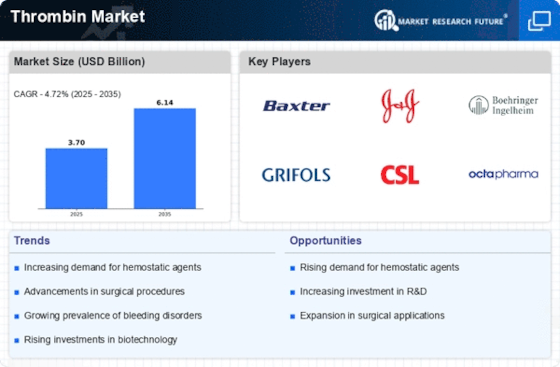
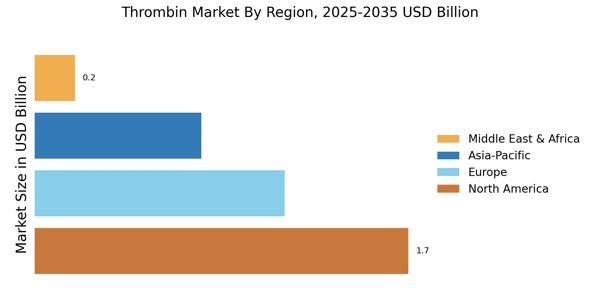
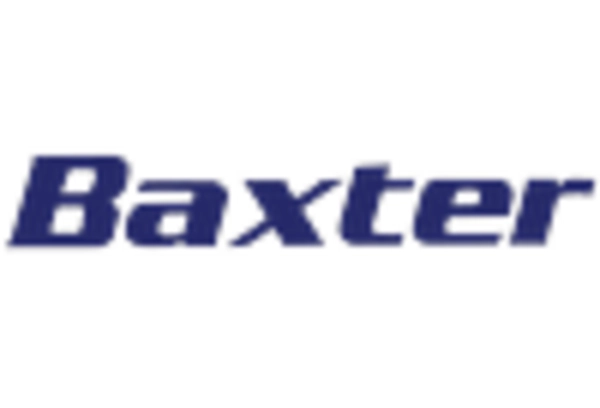

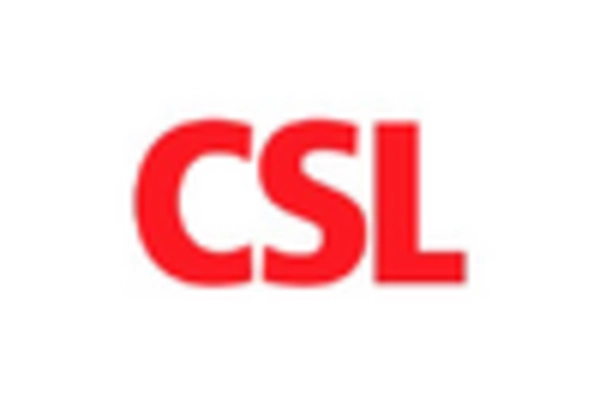
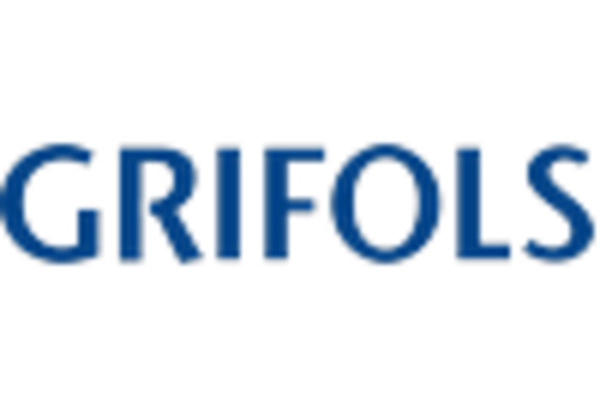

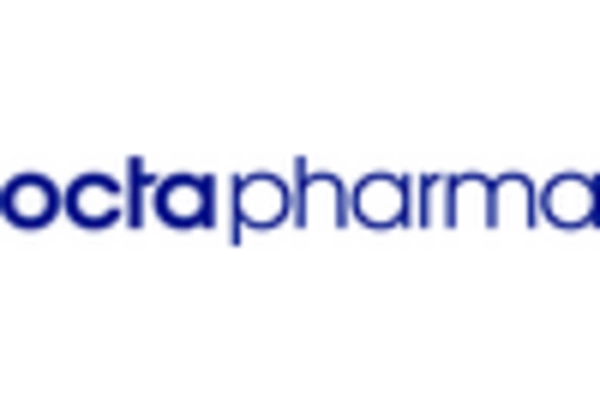








Leave a Comment